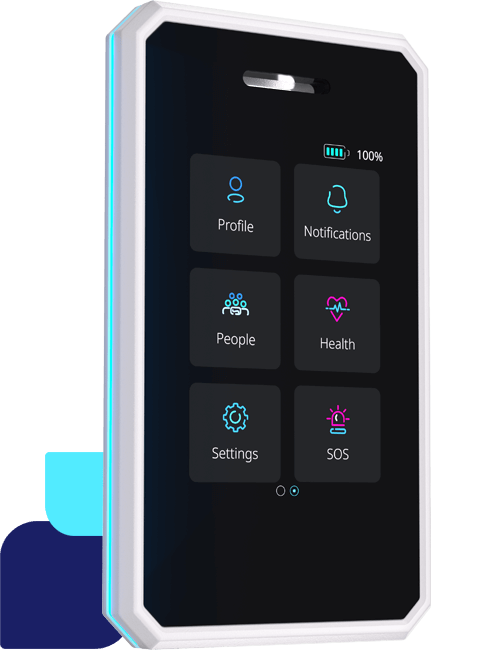The need for reliable and durable technology solutions is more pressing than ever, and the efficiency and safety of your team are paramount. When it comes to implementing wearable real-time location systems (RTLS), the importance of IP67 certification cannot be overstated.
What is IP67 Certification?
IP67, or Ingress Protection 67, serves as a standardized rating system that describes the level of protection a device offers against solid particles and liquids. For wearable RTLS devices, an IP67 rating means that the technology is not only resistant to dust but can also withstand immersion in water up to 1 meter for 30 minutes.
The Significance of IP67 Certification in Wearable RTLS Devices
1. Adaptable to Diverse Work Environments
Wearable devices are often deployed in diverse work environments, ranging from hospitals to construction sites. The inherent risk of exposure to moisture, dust and occasional spills means you need technology that can adapt seamlessly. An IP67-certified wearable ensures your location tracking system remains operational in these challenging conditions, maintaining accuracy and reliability. IP67 rated devices are also much easier to clean than lower rated, or unrated devices – improving hygiene for wearers.
2. Reliable in Harsh Conditions
Employee activities vary heavily, meaning devices are at risk of occasional bumps, falls or even submersion. IP67-certified wearables are built to endure these challenges, offering robust protection against rough handling, vibrations, and accidental drops. By choosing such devices, you enhance the longevity and reliability of your RTLS system, minimizing disruptions due to equipment failure.
3. Minimizing Workforce Downtime
Workforce downtime can be costly, and any interruption in your real-time location system can lead to inefficiencies. IP67-certified wearables contribute to minimizing downtime by withstanding environmental factors that could otherwise disrupt their functionality. Rain, dust, or a spill in the workspace will not compromise your RTLS, ensuring continuous tracking and operational efficiency.
4. Compliance with Industry Standards
In industries where safety and regulatory compliance are paramount, the IP67 certification for wearables is a critical consideration. Adhering to these standards not only ensures the durability of your tracking devices but also aligns your operations with industry best practices. It’s a proactive step towards creating a safe and efficient workplace, meeting regulatory requirements, and avoiding potential liabilities associated with non-compliance.
5. Cost-Efficiency Over Time
Investment in IP67-certified pays off in the long run. These devices are designed to withstand the challenges of daily use in demanding environments, reducing the need for frequent replacements and repairs. This cost-efficient approach enhances the overall return on investment for your real-time location system.
Conclusion
For wearable real-time location systems, IP67 certification plays a pivotal role in ensuring the durability and reliability of devices. Prioritizing the resilience and compliance of your technology can significantly impact the efficiency and safety of your workforce. By choosing IP67-certified wearables for your RTLS, you are making a strategic investment that provides the right tools for field and frontline staff, pays off in reduced downtime, compliance with industry standards, and the long-term cost-efficiency of your operations.







